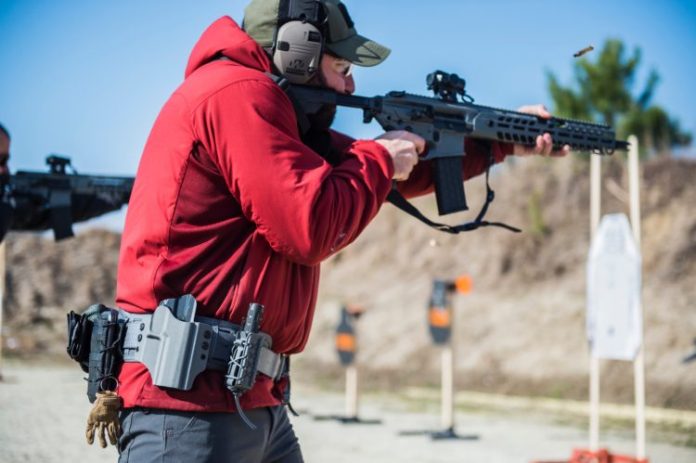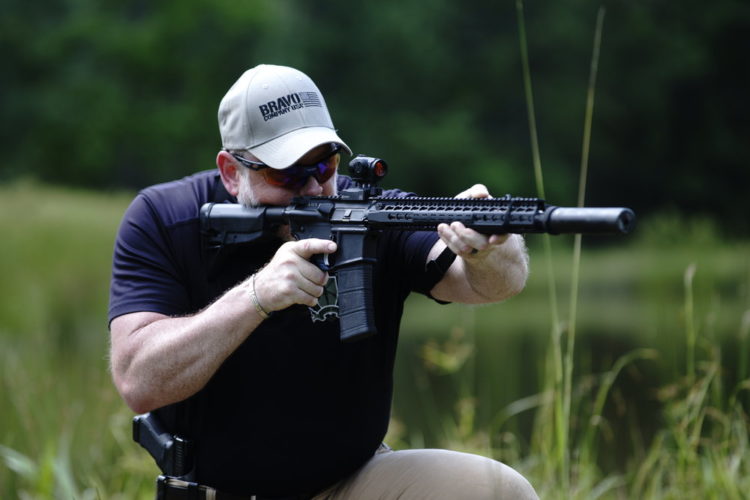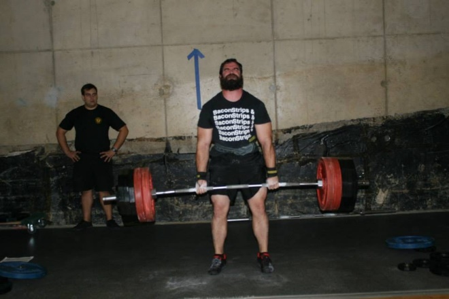Strength standards
Having taken many defensive firearms training classes and now joining the Green Ops team as an instructor, I notice there is one universal principal that every student has; they want to get better and become harder to kill. That is why they are getting training in the first place. When it comes to firearms training, many trainers and programs release standards for the students to meet to demonstrate the student is capable with his or her firearm. Earnest Langdon’s F.A.S.T. drill, Modern Samurai Project’s black belt standards, and Green Ops pistol and rifle standards are just a couple that come to mind. It seems that every shooter is out there trying to meet or beat these standards to show how competent they are at shooting. This is a good thing and every shooter should be testing and improving their firearms skills as much as possible. One thing missing from student’s training is a strength and fitness plan. They are capable of drawing a pistol in under a second and performing a 25 yard Bill Drill on demand, but they are not able to perform basic strength tasks that will help them in their daily life or in a life threatening situation.
Merriam Webster’s dictionary defines strength as: Power to resist force or the power of resisting attack. If we are spending time training with our firearms to become harder to kill; shouldn’t we should also spend time to develop the strength to have the “power to resist force?” We train with our firearms to resist an attack on ourselves or our loved ones, so having a level of strength gives us a better chance of survival in a life-threatening situation. Adding strength does not just translate to life-threatening or dangerous situations. According to research by the University of Michigan, having stronger muscles is linked to living longer. The study, published in the Journal of Gerontology: Medical Sciences, found that people with Low muscle strength are 50 percent more likely to die earlier than their stronger peers. Bottom line: STRONG PEOPLE ARE HARDER TO KILL.
Strength can be measured by estimating a person’s one repetition maximum (1RM) – a measurement of the greatest load (in Lbs.) that can be fully moved (lifted, pushed, or pulled) once without failure or injury. This can be easily accessed by finding you 1RM in the four main lifts, overhead press, bench press, squat and deadlift. The 4 main lifts are not the only way to access strength, but they are very simple and easy to perform with very little equipment. Using the four main lifts, and because most shooters live in a world of standards, I have developed strength standards that I believe every shooter should be able to attain with a small amount of work.
The standards are as follows:
Overhead Press – .75x of body weight
Bench Press – 1x of body weight
Squat – 1.25x of body weight
Deadlift – 1.5x of your body weight.
These standards would not be considered elite, but they are a good start to becoming strong enough to win a fight. If we use a 200 pound male as an example, he should be able to Overhead Press 150 lbs., Bench Press 200 lbs., squat 250 lbs. and Deadlift 300 lbs. These weights would be pressed, squatted and deadlifted for only one rep each.
Figure 1The author deadlifting 545 lbs.
In future articles we will discuss how a shooter can develop the strength to meet these standards, the nutrition needed to develop the strength, and how cardio and your ability to move all play a role in becoming “harder to kill.”




